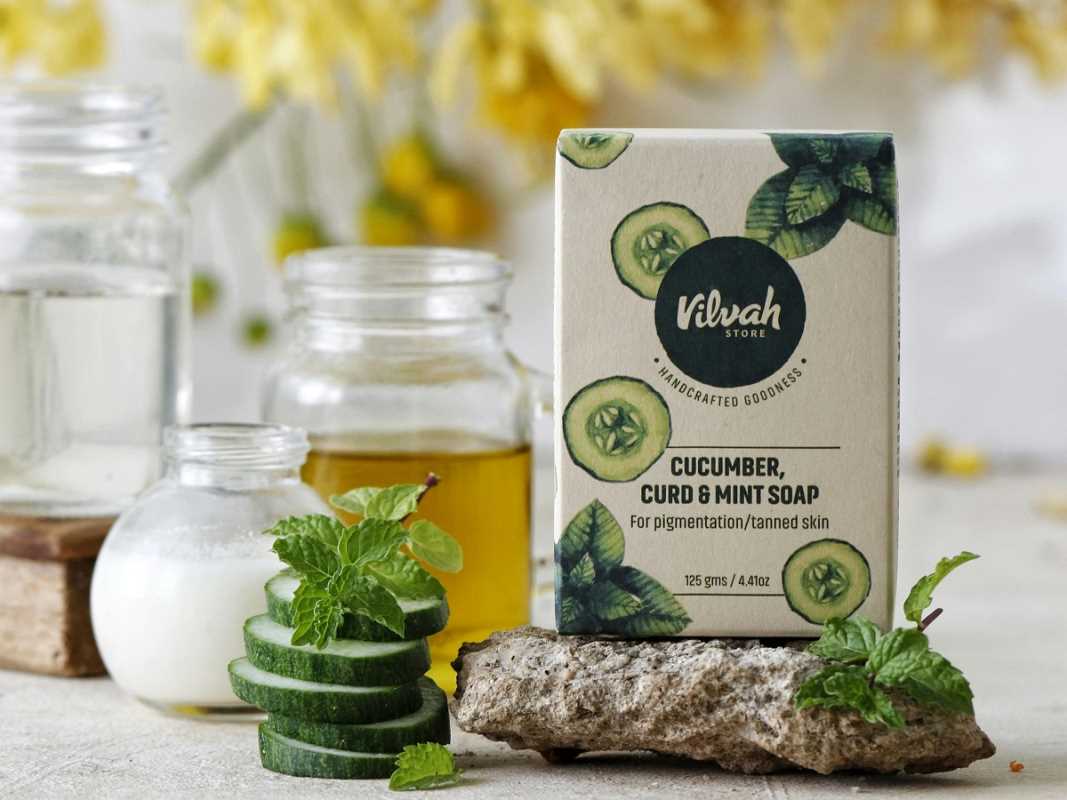Walk down any grocery store aisle, and you'll encounter a dizzying array of labels: "organic," "natural," "non-GMO," and "farm fresh." While these terms might seem interchangeable, they carry distinctly different meanings—and understanding these differences can help you make informed choices that align with your health and values. Organic labeling represents one of the most regulated food certification systems in the United States, backed by strict federal standards and regular inspections. Yet many consumers remain confused about what these labels guarantee and whether the premium price justifies the purchase. Let's decode the science behind organic certification and equip you with the knowledge to navigate grocery shopping with confidence.
What Does "Organic" Actually Mean?
The term "organic" refers to how agricultural products are grown and processed. According to the United States Department of Agriculture (USDA), organic farming practices are designed to encourage soil and water conservation while reducing pollution. Organic producers use natural substances and physical, mechanical, or biologically based farming methods to the fullest extent possible.
Core Principles of Organic Agriculture
Organic farming operates on four fundamental principles that distinguish it from conventional agriculture:
Soil Health Management: Organic farmers build healthy soil through composting, crop rotation, and cover cropping. They avoid synthetic fertilizers, instead relying on natural amendments like compost, manure, and mineral-based fertilizers.
Pest and Weed Control: Rather than synthetic pesticides and herbicides, organic producers use integrated pest management techniques. These include beneficial insects, crop rotation, resistant varieties, and approved natural substances.
Animal Welfare Standards: Organic livestock must have access to the outdoors, fresh air, and direct sunlight suitable to their species. They receive organic feed without antibiotics or growth hormones, and their living conditions must support their natural behaviors.
Prohibited Substances: Organic production prohibits most synthetic fertilizers, pesticides, herbicides, antibiotics, growth hormones, artificial preservatives, colors, and flavors. The National List of Allowed and Prohibited Substances specifically outlines what can and cannot be used.
Decoding USDA Organic Labels
The USDA oversees organic certification through four distinct labeling categories, each with specific requirements and implications for consumers.
100% Organic
Products bearing this label contain only organically produced ingredients and processing aids, excluding water and salt. You'll see the USDA Organic seal alongside this designation, indicating the strictest organic standards.
Organic
These products contain at least 95% organically produced ingredients by weight, excluding water and salt. The remaining 5% must consist of substances approved on the National List. These products can also display the USDA Organic seal.
Made With Organic
Products labeled "Made with Organic" contain at least 70% organically produced ingredients. The front panel may list up to three specific organic ingredients or food groups. However, these products cannot use the USDA Organic seal, though they can display the certifying agent's name.
Less Than 70% Organic
Products containing less than 70% organic ingredients cannot use the term "organic" on the front panel. They may only list organic ingredients on the information panel without any organic claims on the principal display.
The Certification Process: Behind the Scenes
Understanding the rigorous certification process helps explain why organic products often cost more and why the label carries significant weight.
Initial Application and Review
Producers must submit a detailed application describing their operation, including field history, inputs used, and planned organic practices. This application undergoes thorough review by a USDA-accredited certifying agent.
On-Site Inspection
A qualified inspector visits the operation to verify that organic standards are being followed. Inspectors examine fields, facilities, equipment, and records. They also conduct interviews with farm personnel and may take soil, water, or product samples for testing.
Certification Decision
The certifying agent reviews the application and inspection report to determine if the operation complies with organic standards. If approved, the producer receives an organic certificate valid for five years, subject to annual updates and inspections.
Ongoing Compliance
Certified organic operations must maintain detailed records of their practices and inputs. They undergo annual inspections and updates to ensure continued compliance. Violations can result in suspension or revocation of certification.
Organic vs. Natural: Understanding the Difference
The distinction between "organic" and "natural" represents one of the most common consumer confusions in food labeling.
Natural Labels: Limited Regulation
The FDA has not established a formal definition for "natural" on food labels, though it has a policy stating that "natural" means nothing artificial or synthetic has been included in or added to a product that would not normally be expected to be there.
For meat and poultry, the USDA requires "natural" products to be minimally processed and contain no artificial ingredients. However, natural meat can still come from animals raised with antibiotics and growth hormones, unlike organic meat.
Key Differences at a Glance
- Organic: Strictly regulated with specific farming practices, prohibited substances, and required certifications
- Natural: Minimal regulation, primarily focused on processing and artificial ingredients
- Farming practices: Organic has specific requirements; natural has none
- Cost: Organic typically costs more due to certification and farming requirements
Organic vs. Non-GMO: Complementary but Different
Non-GMO (genetically modified organism) labels focus specifically on genetic engineering, while organic certification encompasses broader agricultural practices.
Understanding Non-GMO Labeling
Non-GMO Project Verified products have been tested and verified to contain less than 0.9% GMO contamination. This verification focuses solely on genetic modification and doesn't address farming practices, pesticide use, or animal welfare.
How They Relate
Organic standards prohibit GMO ingredients, so certified organic products are inherently non-GMO. However, non-GMO products aren't necessarily organic—they may still use synthetic pesticides, fertilizers, or other prohibited substances.
Making Informed Choices
Consider your priorities when choosing between these labels:
- Choose organic for comprehensive farming standards including non-GMO
- Choose Non-GMO Project Verified if genetic modification is your primary concern
- Look for both if you want maximum assurance about genetic modification and farming practices
The Health and Environmental Impact
Research continues to examine the health and environmental implications of organic versus conventional farming, providing valuable insights for consumers.
Nutritional Considerations
A comprehensive review published in the British Journal of Nutrition found that organic crops contain higher concentrations of antioxidants and lower concentrations of pesticide residues compared to conventional crops. However, the practical health significance of these differences remains debated among nutrition scientists.
Organic foods consistently show lower pesticide residue levels. The Environmental Working Group's annual "Dirty Dozen" and "Clean Fifteen" lists help consumers prioritize organic purchases for foods with higher conventional pesticide residues.
Environmental Benefits
Organic farming practices offer several environmental advantages:
- Soil health: Organic methods typically improve soil structure and microbial diversity
- Water quality: Reduced synthetic chemical runoff protects groundwater and surface water
- Biodiversity: Organic farms often support more diverse plant and animal species
- Climate impact: Some studies suggest organic farming can sequester more carbon in soil
Economic Considerations
Organic products typically cost 10-40% more than conventional alternatives due to:
- Higher production costs from labor-intensive practices
- Lower yields in some crops
- Certification and inspection fees
- Smaller scale production efficiencies
Smart Shopping Strategies for Organic Products
Maximizing value while supporting your health goals requires strategic organic purchasing decisions.
Priority Purchases: When Organic Matters Most
The Dirty Dozen: Consider buying organic versions of these conventionally high-pesticide foods:
- Strawberries and other berries
- Spinach and leafy greens
- Peaches and nectarines
- Apples and grapes
- Bell and hot peppers
- Tomatoes
Animal Products: Organic meat, dairy, and eggs offer clear advantages in terms of antibiotic and hormone use, making them worthwhile investments for many consumers.
Budget-Friendly Organic Shopping
Seasonal Shopping: Buy organic produce when it's in season locally for better prices and peak nutrition.
Store Brands: Many retailers offer organic store brands at lower prices than name-brand organic products.
Bulk Purchasing: Buy organic grains, legumes, and nuts in bulk to reduce per-unit costs.
Frozen Options: Organic frozen fruits and vegetables often cost less than fresh and retain excellent nutritional value.
Reading Labels Like a Pro
Developing label-reading skills empowers you to make confident purchasing decisions regardless of your budget or priorities.
Essential Information to Look For
Certification Seal: Look for the USDA Organic seal on products claiming to be organic. Third-party certifications add credibility to organic claims.
Ingredient Lists: Even in organic products, shorter ingredient lists generally indicate less processing.
Country of Origin: Imported organic products must meet USDA standards, but some consumers prefer domestically produced organic foods for freshness and to support local agriculture.
Red Flags and Misleading Terms
Be cautious of products using terms like "naturally raised," "eco-friendly," or "sustainable" without third-party certification. While these terms suggest better practices, they lack the regulatory oversight of organic certification.
Products claiming to be "chemical-free" are technically impossible—everything is made of chemicals. This term often indicates marketing rather than regulated standards.
Making Organic Work for Your Lifestyle
Incorporating organic foods into your routine doesn't require an all-or-nothing approach. Consider these practical strategies:
Start Small and Build
Begin with one or two organic staples—perhaps milk and eggs—then gradually expand your organic purchases as budget and preferences allow.
Focus on Foods You Eat Most
Prioritize organic versions of foods your family consumes regularly. If you eat apples daily, organic apples provide more benefit than occasional organic specialty items.
Consider Your Health Goals
If reducing pesticide exposure is your primary concern, focus on organic versions of high-residue conventional foods. If supporting sustainable farming matters most, prioritize organic products from local producers when possible.
 (Image via
(Image via





